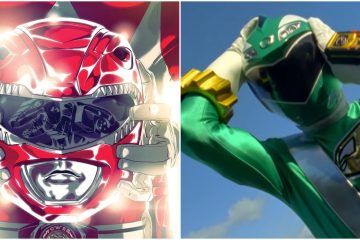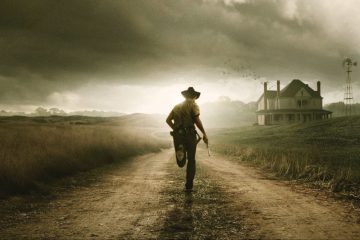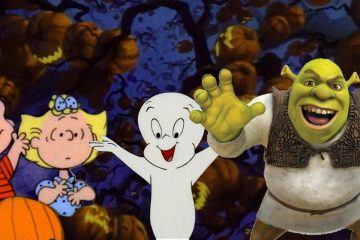One of the biggest running jokes in Star Trek: Lower Decks is the ship itself. The USS Cerritos amounts to a slightly sillier version of classic Star Trek vessels, with awkwardly extended warp nacelles and its registration number on the back of the saucer rather than the front. It comes from one of the franchise’s most important traditions: every series’ starship is unique, and is as much a character in its own way as the rest of the crew. In this case, the Cerritos is designed as Starfleet’s plucky little tugboat. It’s never there for the big assignments, but performs the necessary maintenance missions that keep the Federation running.That presents a unique challenge for the franchise as a whole. Lower Decks is a part of official continuity, which means the Cerritos functions alongside more “serious” starships like the Enterprise-E. As a result, it has its own ship’s class — the California class — as well as a specific set of duties on the final frontier. It gives the show plenty of opportunities for comedy as the ship takes on missions that are deemed beneath the likes of Jean-Luc Picard.The California-class vessel — including the Cerritos — is designed with expediency in mind, with a stripped-down look that emphasizes bare shapes and functional lighting. That leads to one of the series’ best ongoing jokes, as the ensigns’ “quarters” are just bunks in a corridor wall. It also explains the ship’s elongated nacelles with the warp core suspended between them: Starfleet simply eliminated any interior structures between the engine room and the saucer section in the name of saving resources. Lower Decks specifies that the California class has been in service quite a while when the series begins, suggesting that the ships first saw use in the early-to-mid 2300s and are now starting to break down.RELATED: Lower Decks Proves TNG Missed an Opportunity With the Roddenberry Box
One of the biggest running jokes in Star Trek: Lower Decks is the ship itself. The USS Cerritos amounts to a slightly sillier version of classic Star Trek vessels, with awkwardly extended warp nacelles and its registration number on the back of the saucer rather than the front. It comes from one of the franchise’s most important traditions: every series’ starship is unique, and is as much a character in its own way as the rest of the crew. In this case, the Cerritos is designed as Starfleet’s plucky little tugboat. It’s never there for the big assignments, but performs the necessary maintenance missions that keep the Federation running.
That presents a unique challenge for the franchise as a whole. Lower Decks is a part of official continuity, which means the Cerritos functions alongside more “serious” starships like the Enterprise-E. As a result, it has its own ship’s class — the California class — as well as a specific set of duties on the final frontier. It gives the show plenty of opportunities for comedy as the ship takes on missions that are deemed beneath the likes of Jean-Luc Picard.
The California-class vessel — including the Cerritos — is designed with expediency in mind, with a stripped-down look that emphasizes bare shapes and functional lighting. That leads to one of the series’ best ongoing jokes, as the ensigns’ “quarters” are just bunks in a corridor wall. It also explains the ship’s elongated nacelles with the warp core suspended between them: Starfleet simply eliminated any interior structures between the engine room and the saucer section in the name of saving resources. Lower Decks specifies that the California class has been in service quite a while when the series begins, suggesting that the ships first saw use in the early-to-mid 2300s and are now starting to break down.
#Star #Trek #Decks #Class #Starship #USS #Cerritos
Note:- (Not all news on the site expresses the point of view of the site, but we transmit this news automatically and translate it through programmatic technology on the site and not from a human editor. The content is auto-generated from a syndicated feed.))



